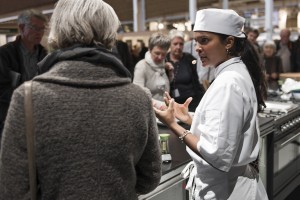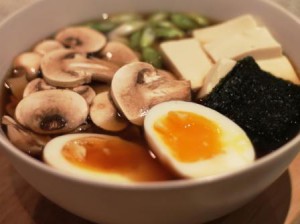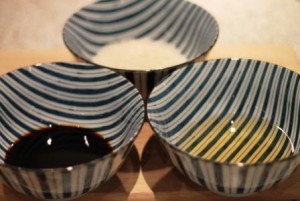
I have been traveling to Japan since 2004 to broaden my horizons and, learning new things from my Japanese teacher. Under normal circumstances, I travel to the Japan every year and on my many trips, I have had many gastronomic experiences ranging from everyday sushi to 2 star Michelin restaurants.
Real wasabi is widespread in Japan. However, not all restaurants use the real wasabi, even in Japan. Usually only Michelin sushi restaurants use the real wasabi.
I have tasted the real wasabi several times in Japan and, I cannot taste the difference. The strong taste disappears a little faster when it comes to the real wasabi.
Wasabi is a horseradish that grows in Japan. It has difficulty growing outside of Japan and therefore artificial wasabi is used. In Denmark, artificial wasabi is widespread it is only a few restaurants that import wasabi from abroad.
Read more about Sushi course for beginners
_
Zoë has lectured and held sushi courses for A. P. Moller – Maersk, Hugo Boss Nordic, Novo Nordisk, Novartis, Velux, Gorrissen Federspiel, Beierholm revision, Elbek & Vejrup and many more.












